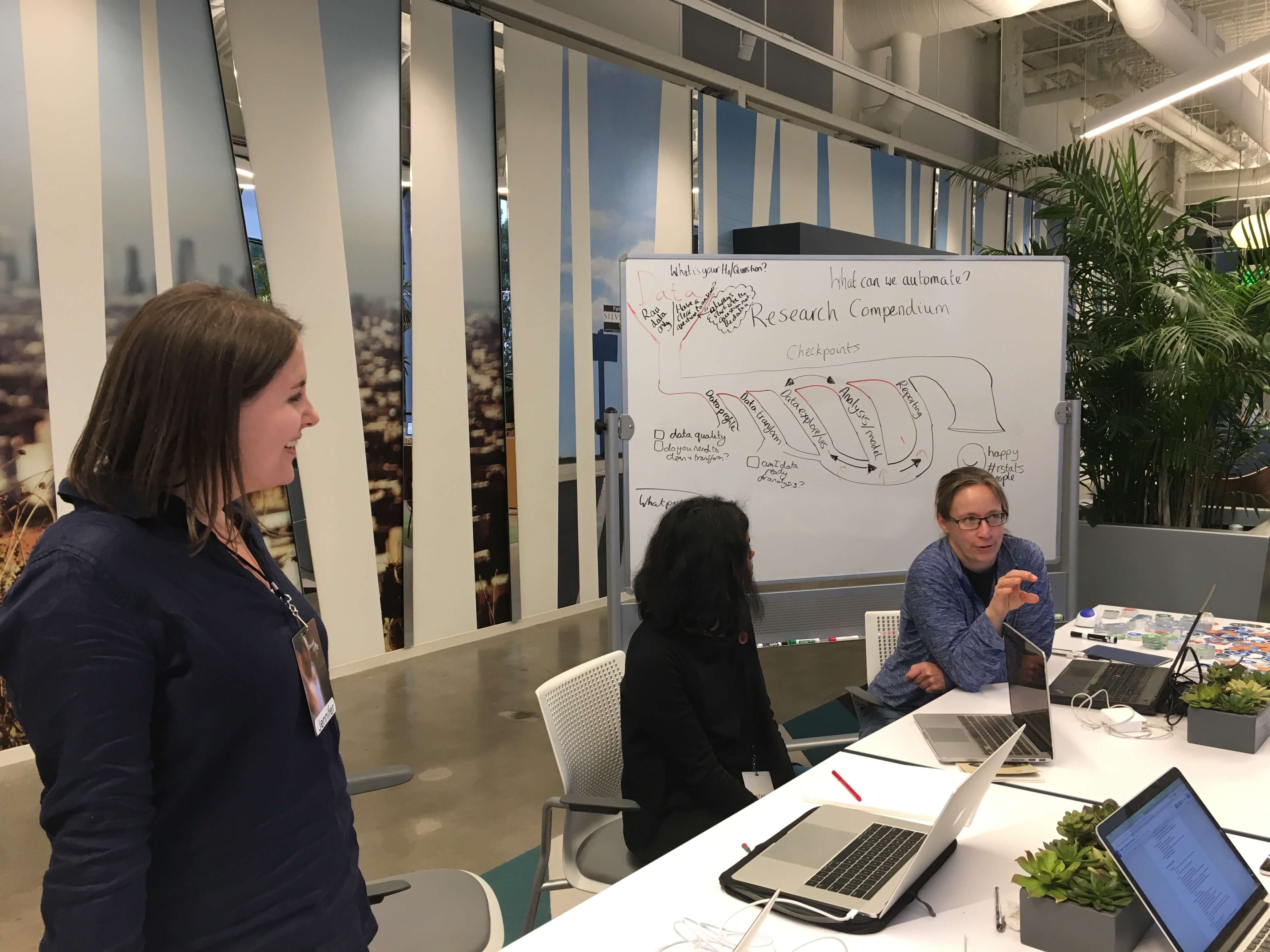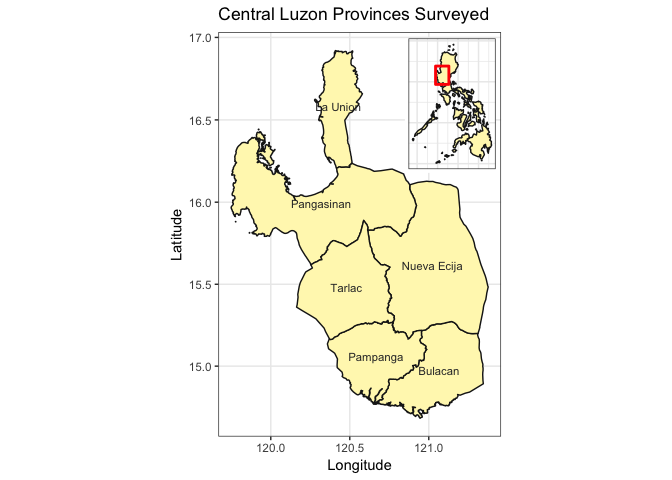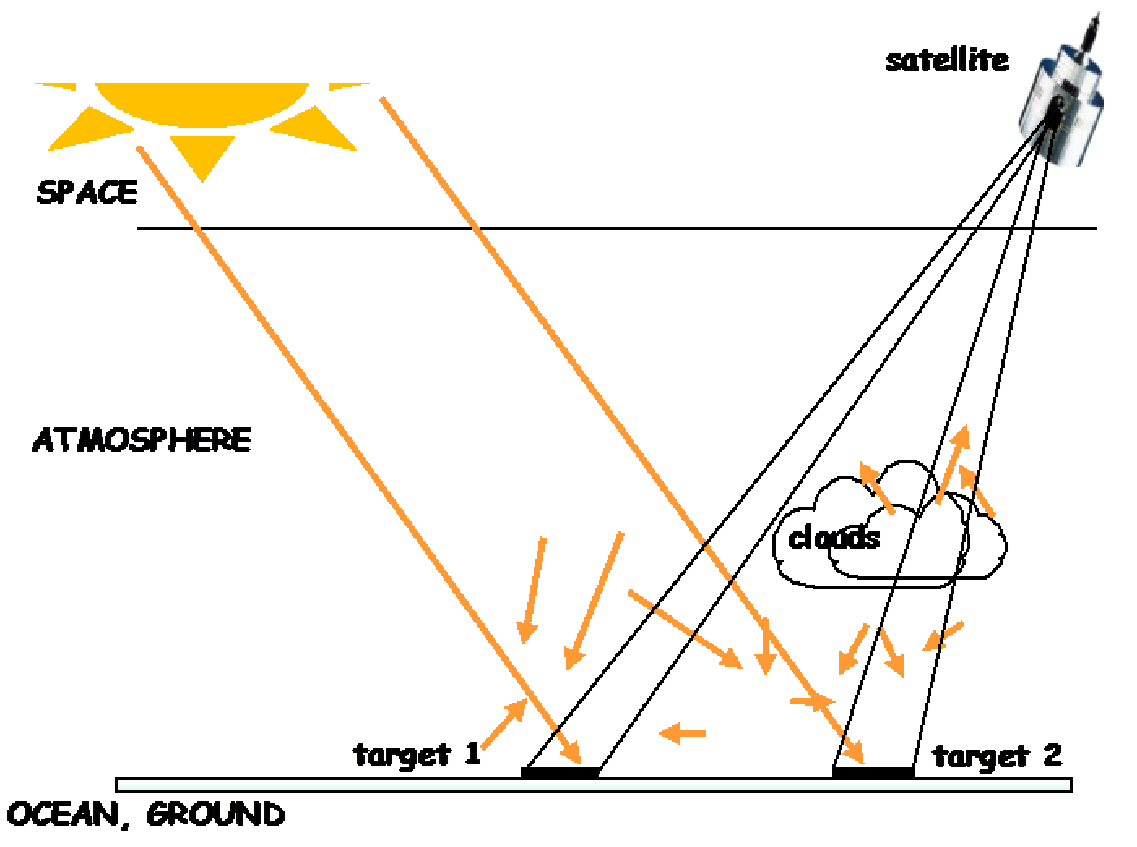
Before everybody made their way to the unconf via LAX and Lyft, attendees discussed potential project ideas online. The packagemetrics package was our answer to two related issues. The first proposal centered on creating and formatting tables in a reproducible workflow.





